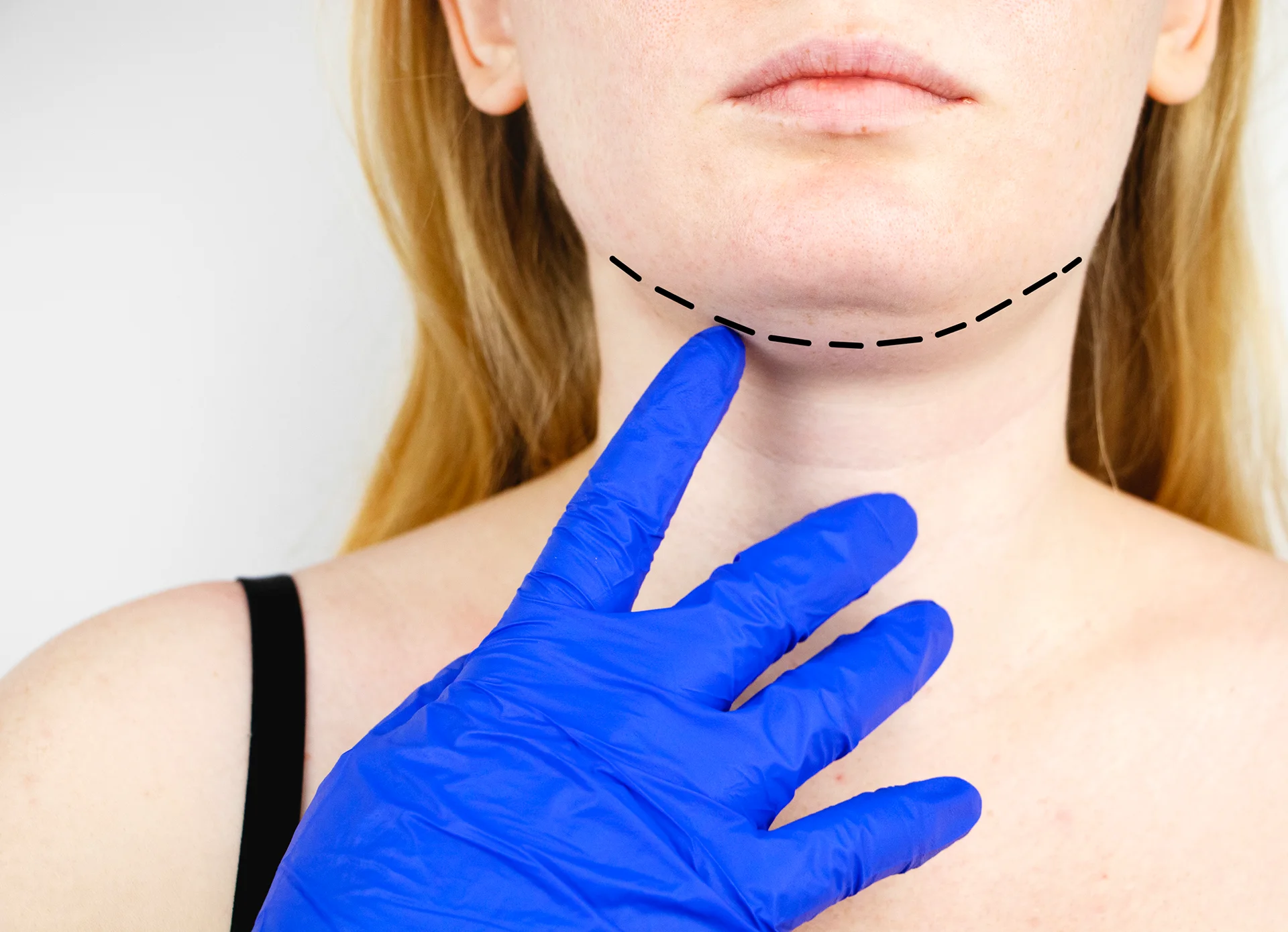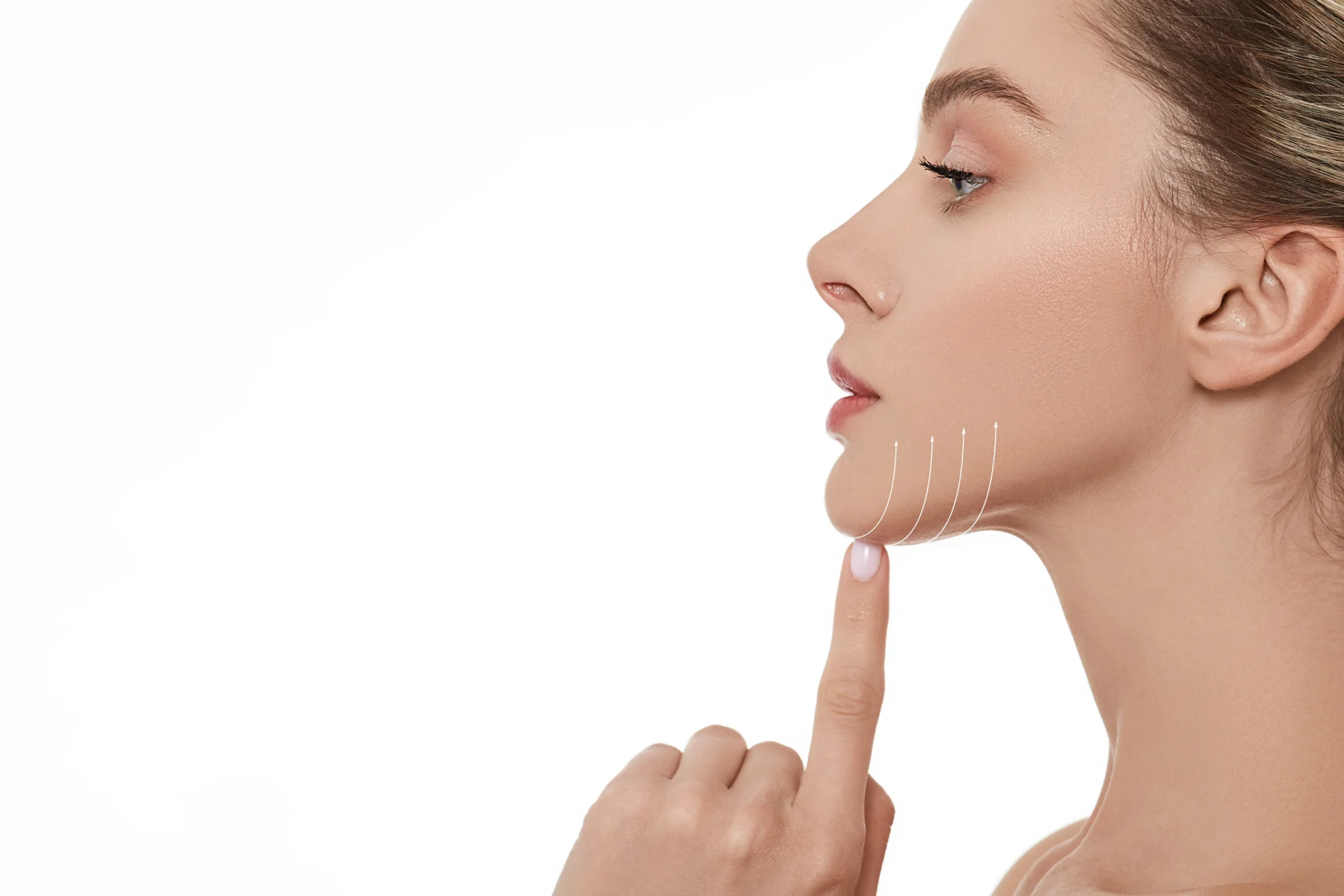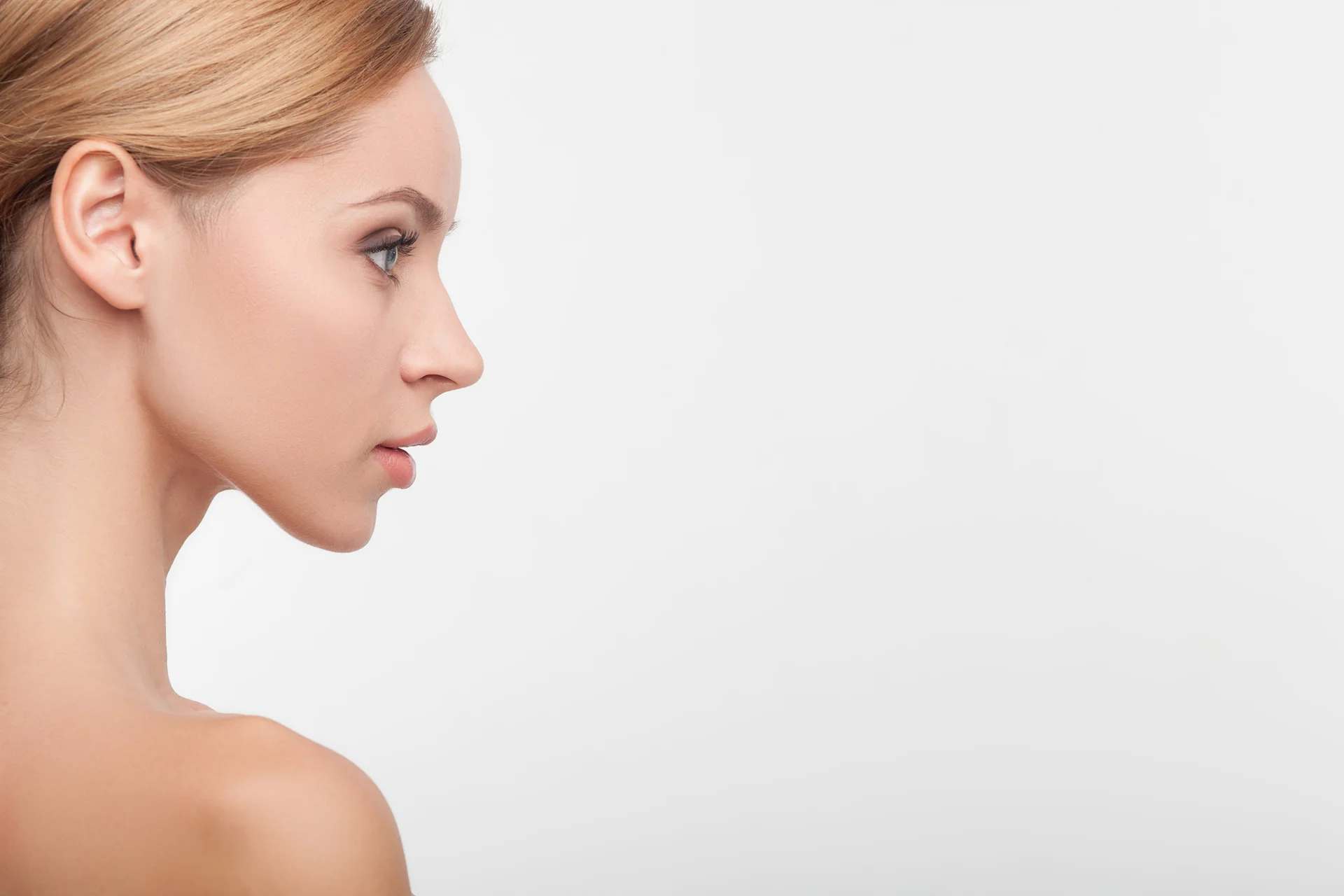Causes, Treatment, and Recovery
If you’ve undergone chin liposuction, you may be alarmed to discover swollen lymph nodes in your neck afterward. This swelling side effect is common and typically temporary as your body heals from surgery.
Learn what causes it, how to find relief, and what you can expect during recovery.
Chin Liposuction and Your Lymphatic System
Chin liposuction slims the area under the chin and along the jawline by suctioning out excess fat deposits. It can treat a “double chin” or subtle fullness to create a more sculpted, youthful profile.
The procedure involves small incisions under the chin through which a cannula is inserted to loosen and suction fat. Local anesthesia keeps you comfortable.
It takes approximately 1 hour or less to complete. Results are seen after initial swelling resolves within a few weeks. Chin lipo often complements procedures like neck lifts or facial implants.
| Potential Complication | Description |
| Infection | Uncommon but serious if occurs. Requires prompt treatment with antibiotics. |
| Bleeding | Temporary bruising is common. Avoid blood thinners before surgery. |
| Asymmetry | Rare with an experienced, qualified surgeon. Vet credentials carefully. |
| Nerve damage | Numbness is usually temporary but can be permanent in rare cases. |
| Excessive swelling | Typically resolves within 1 month with proper aftercare. |
| Skin loss | Very rare. More likely with poor surgical technique. |
There may be milder side effects like temporary numbness, bruising, and swelling near the treatment area. Carefully following pre- and post-op instructions reduces risks of complications.
The Lymphatic System’s Role in Health
Your lymphatic system plays a key role in removing toxins, fluid, and waste from your body. Here’s how it supports overall health:
- It drains excess fluid from tissues and returns it to the bloodstream, supporting healthy circulation.
- Lymph nodes filter bacteria, viruses, and other pathogens to help fight infection. Common lymph node locations include the neck, armpits, and groin.
- Gentle exercise like walking, lymphatic drainage massage, and rebounding help pump lymph fluid through vessels to facilitate drainage.
- Lymph fluid contains infection-fighting white blood cells. A healthy lymphatic system bolsters immune function.
- Certain foods, vitamins, and supplements support lymphatic flow. These include vitamin C, magnesium, potassium, and omega-3 fatty acids.
- Cancer can spread to nearby lymph nodes, so optimal lymphatic health plays a role in cancer prevention.
Why Do Your Lymph Nodes Swell After Chin Lipo?
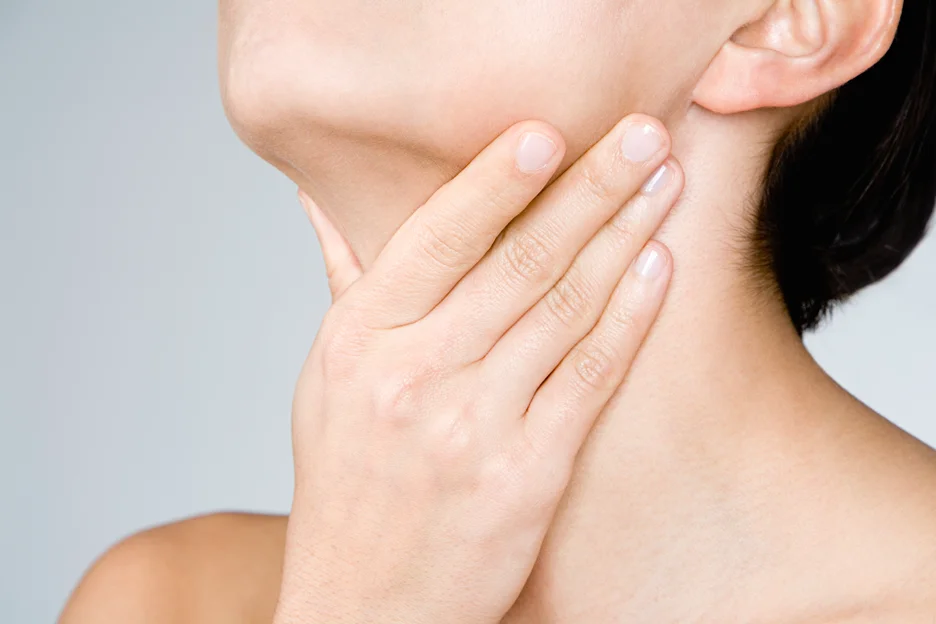
Swollen lymph nodes are a standard immune response after any surgery, including chin liposuction. When they detect trauma or irritation, the lymph nodes can become inflamed and enlarged as they ramp up their activity.
Specifically, swollen lymph nodes after chin lipo often result from:
- The body’s inflammatory reaction to surgical trauma. Lymph nodes swell as they work to clear out dead cells, fluids, and bacteria from the surgical site.
- Possible localized infection at the surgery site. Lymph nodes enlarge partly to help fight the infection.
- Inflammation triggered by the liposuction itself. Nearby lymph nodes respond to these inflammatory signals.
- Bruising and fluid buildup placing pressure on lymph nodes.
Concerned about lingering lymph node swelling or infection after surgery? Consult with expert surgeon Dr. Darren Smith today.
Symptoms of Swollen Lymph Nodes
Typical symptoms of swollen lymph nodes near the chin and neck area after liposuction include:
- Solid, tender lumps or swelling under the skin near the treatment area
- Enlarged nodes near the jawline, chin, or front and sides of the neck
- Mild tingling, numbness, or pain around swollen nodes
- Tight, heavy sensation in treatment area
- Stiffness or difficulty moving neck and jaw
- Visible protrusions under the skin as nodes enlarge
These symptoms are often at their peak about 1 week after surgery due to normal surgical trauma and should gradually improve with time.
Differentiating Swollen Lymph Nodes vs. Liposuction Swelling
Swollen lymph nodes after surgery must be distinguished from expected swelling and bruising near the treatment area:
| Characteristic | Swollen Lymph Nodes | Liposuction Swelling |
| Location | Neck, under jaw, behind ears, armpits, groin | At or near surgical site |
| Cause | Fighting infection or filtering bacteria | Trauma from surgery |
| Scope | Isolated, small nodes | Larger region of treatment area |
| Timeline | Come and go over days/weeks | Starts high, gradually decreases over recovery |
| Symptoms | Typically not painful | Often uncomfortable, tender, warm |
| Duration | Can persist longer before resolving | Peaks at 1-2 weeks then improves |
Contact Dr. Smith right away if you have concerns about swollen lymph nodes vs normal post-surgical swelling. He can assess for signs of infection and determine if any treatment is needed.
How Long Does It Take for Swollen Lymph Nodes To Go Away?
Swollen lymph nodes after chin liposuction are not typical and may indicate an underlying issue that requires medical attention. However, it’s common for it to take 2-4 weeks for it to fully resolve and reduce in size after chin liposuction. The nodes should gradually diminish as your body heals and the initial inflammation subsides.
Don’t be concerned if your lymph node swelling hasn’t disappeared after just 1 week post-op. Allow your body at least 2 weeks before worrying about lingering swollen nodes. Some residual swelling up to 1 month later is not necessarily a cause for alarm.
However, follow up promptly with Dr. Smith if your swollen lymph nodes:
- Have not reduced in size after 4 weeks
- Are increasing in size
- Are accompanied by other infection symptoms
Still experiencing swollen lymph nodes 4 weeks after your chin procedure? Get expert insight from Dr. Smith to ensure proper healing.
How To Reduce Swollen Lymph Nodes After Chin Liposuction
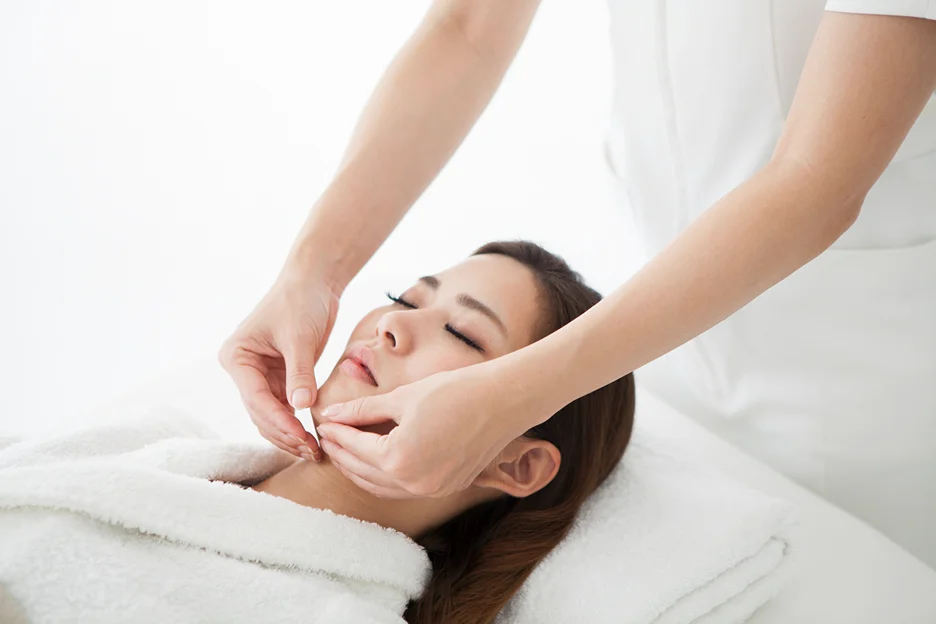
While patience is key, here are some tips to help reduce swollen lymph nodes after your chin lipo:
- Apply cold compresses or ice packs to the area for 10-15 minutes several times a day. This constricts blood vessels to limit swelling and provides pain relief.
- Perform gentle lymphatic drainage massages on your chin, jawline, and neck. This can help stimulate fluid drainage through the lymph vessels. Consult your surgeon first.
- Wear your prescribed compression chin garment. The light pressure helps drain fluid buildup and reduces swelling.
- Avoid foods high in sodium, which can worsen swelling.
- Do only light, approved exercises like ankle pumps. Avoid strenuous workouts that can aggravate swelling.
- Take over-the-counter pain medication as needed for swelling discomfort, but only as directed.
- Keeping your head elevated on extra pillows while resting allows gravity to draw fluid away from the face and neck.
- Drinking plenty of fluids and eating a low-sodium diet helps prevent fluid retention.
Expected Recovery Timeline for Chin Lipo
If you’re considering chin liposuction, here’s an overview of what to expect during the recovery process:
| Timeframe | Description |
|---|---|
| Days 1-3 | The toughest period with the most swelling, bruising, and discomfort. Cold compresses and medication provide relief. |
| Week 1 | Swelling should begin subsiding. Bruising improves. Stitches removed around day 7. |
| Week 2 | Most patients feel comfortable going out in public. Bruising fades. Swelling continues to decrease. |
| Week 3 | Strenuous exercise and activity restrictions are lifted. Most swelling is gone. |
| Week 4 | Residual swelling should resolve. Normal activities can typically be resumed. |
| 2-3 Months | Final results visible as remaining swelling fully resolves. |
Follow all post-op instructions closely, including wearing compression garments, attending follow-ups, and avoiding strenuous activity initially.
Your surgeon will help you know when it’s safe to return to work, exercise, and your normal routine.
Questions to Ask Your Surgeon During a Chin Lipo Consultation
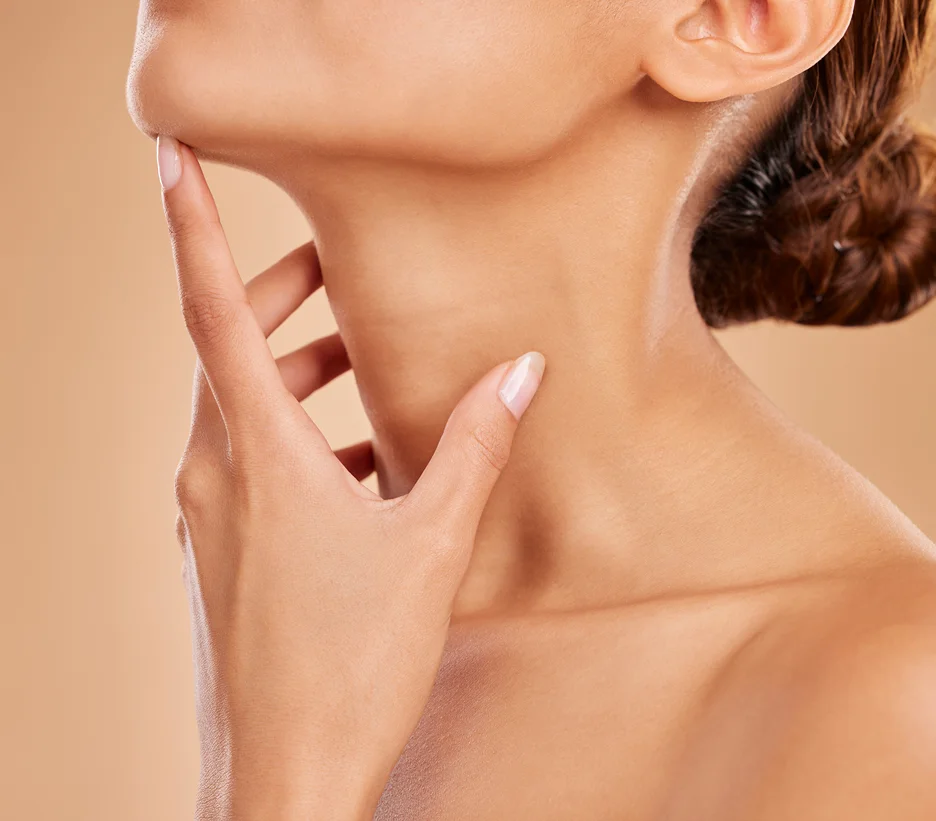
If you’re considering chin liposuction, here are some important questions to ask during your initial consultation:
- What is your training and experience with chin liposuction? How many procedures have you performed?
- What technique do you use? How is the procedure performed?
- What type of anesthesia will be used? What are the risks?
- How long is the recovery period? When can I return to work and normal activity?
- What are common side effects? What complications or risks should I be aware of?
- How much swelling and bruising typically occur? How long do they last?
- How can swelling be minimized? What reduces the risk of swelling complications?
- What will enhance my results and satisfaction? What factors affect the outcome?
- How many follow-up appointments will I need? When will I see the final results?
- What is the cost for the procedure? Are there financing options available?
- Do you have before and after photos I can view? May I speak with former patients?
- What do I need to do to prepare for the procedure? How should I care for my skin pre- and post-op?
Being well-informed before your chin lipo can help minimize risks and support the best possible outcome. Do not hesitate to ask your surgeon any other questions you may have.
Contact Dr. Darren M. Smith Today to Learn More
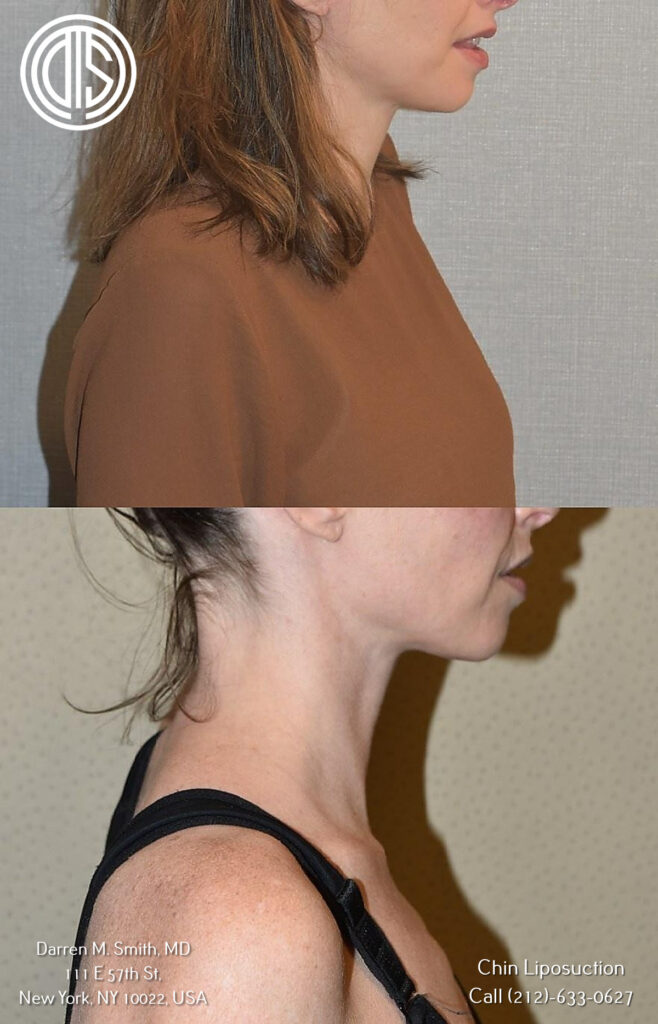
Double board-certified facial plastic surgeon Dr. Darren M. Smith offers exceptional chin liposuction results.
With advanced training in cosmetic and reconstructive surgery, Dr. Smith performs each procedure with an artistic eye and dedication to patient satisfaction.
To schedule your private consultation at his NYC office and learn more about enhancing your profile with chin lipo, contact Dr. Smith today.
